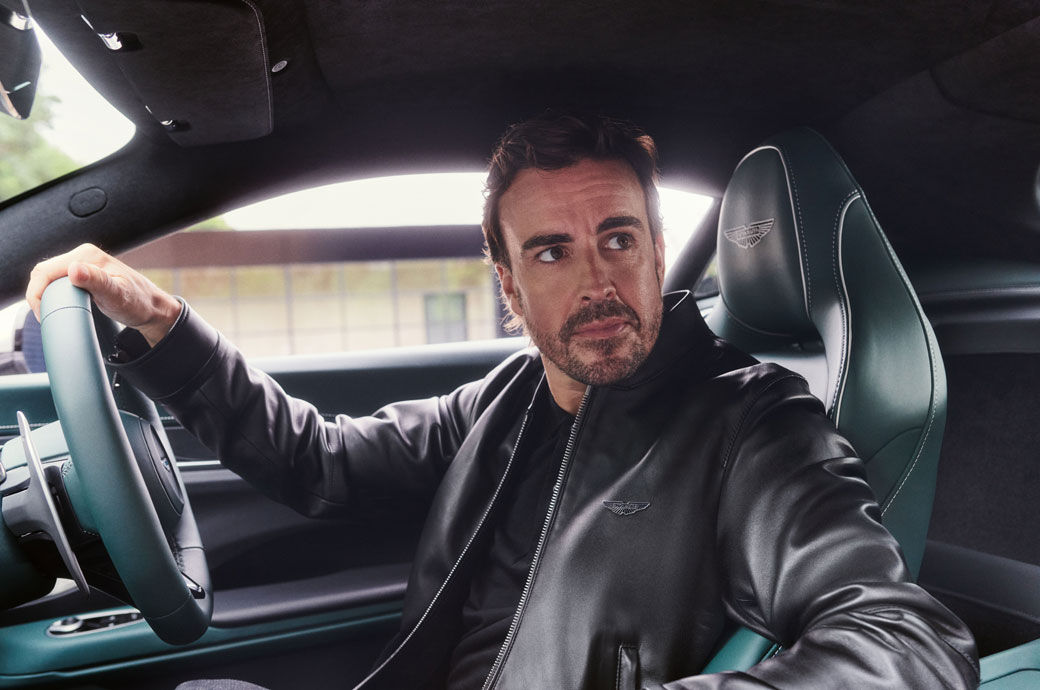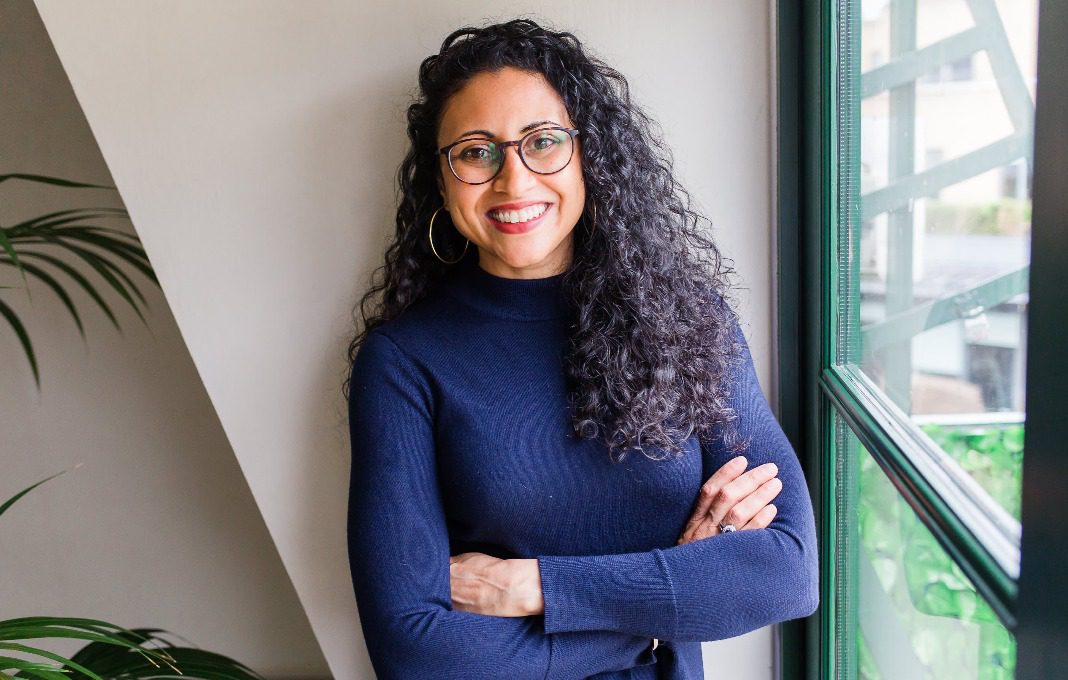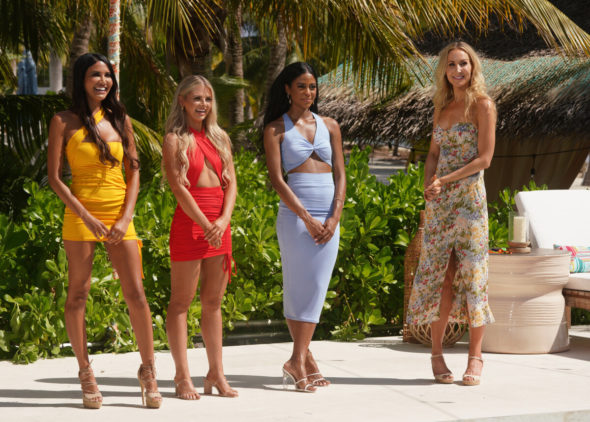In the “The Stars Behind the Star” franchise, the editors of Billboard Latin and Billboard Español share stories that have not yet been told about those who are not usually in the spotlight. Think “everything you don’t see on camera,” or “everything that happens behind the scenes.” These unsung heroes are essential to an artist’s team and their foundation. Today, we highlight Latin Grammy-winning music video director Carlos Perez.
Carlos Perez has directed many of Latin music’s most viewed music videos, from Luis Fonsi and Daddy Yankee‘s “Despacito” to Marc Anthony‘s “Vivir Mi Vida.” But one helped change music history forever: “Gasolina” by Daddy Yankee, the first single from his revolutionary album Barrio Fino, which debuted at No. 1 on Billboard’s Top Latin Albums chart in July 2004 and became the best-selling Latin album not only of the year but of that decade.
The song and its respective video, which juxtaposed the adrenaline of racing with the sensuality of dancing women, helped make Daddy Yankee something of a reggaeton Messiah, reviving sales of the Latin genre, introducing a new radio chart in the United States (Latin Rhythm Airplay) and laying the foundation for the urban music that continues to dominate much of the Latin landscape.
And Perez was much more than the director of “Gasolina”: He worked extensively with Daddy Yankee on the album’s art and marketing campaign, even though they met just six months before Barrio Fino came out thanks to a mutual friend, Raúl López, who was the manager of the Puerto Rican reggae band Cultura Profética.
“I was in the United States and knew very little about reggaeton,” Perez says, “and my friend insisted: ‘Look, reggaeton is what’s coming.’ But I, ignorant of the subject, one day told him that the day I could work with the Jordan of reggaeton was when I was going to work in the genre. He told me, ‘I got it for you; give me a few days.’ And sure enough, days later, I had a meeting [with Daddy Yankee] at Villa Kennedy, a housing project in San Juan, Puerto Rico.”
As far as Perez knew, Daddy Yankee initially needed photos and art for his album, but the first thing the artist told him, he remembers, was: “Tell me everything you can do for this album.”

Director Carlos Perez
@elasticpeople
As part of Barrio Fino‘s 20th anniversary, we traveled to 2004 with Perez to learn the details behind the success that inaugurated not only a musical movement but also a lifestyle. Built on a rhythm with an irresistible, global appeal that would eventually form the basis for other movements — from Medellin’s romantic reggaeton to Argentine trap — Daddy Yankee’s album opened doors and inspired subsequent generations of musicians throughout the region.
How long before did you start planning everything for this album?
We met six months before. He told me that he didn’t want to look at what was being done around him in the genre, and we wanted to make a release that, when it came out, would be on par with any release worldwide.
So I made him a proposal for a launch that included something that at that time was not common: the development of identity from the logo, the photography, and the general concept online. It was a launch that monopolized all distribution points. At that time, record labels were outsourced to different people. What I was selling was to make a consistent launch, and to monopolize all the content distribution points with a solid, aspirational image.
What did you think of Daddy Yankee when you met?
The first impression I had was of someone who was very clear about his horizon and his objective, and a person who listened, learned and, in the same way, challenged you. “If this is for this, why can’t it be for this, too?” He is a person who has an innate sense of the market and knows how to market.
For example, I think that, for about a year-and-a-half, he had been announcing the album with “Barrio Fino Coming Soon” in all the songs he recorded. That lets you understand how he already had the name and the concept of what he had been developing long before the album came out. He said that reggaeton had many attributes that allowed it to go global. Among them, it was not just a genre, but it had the culture of dancing, how one dressed, and how one spoke. I had all that very clear.
And did he show you his music that first day?
It was interesting, because I didn’t listen to the album. He has always been very private with music, so I didn’t listen to music until he was already mastering and delivering the album. Yes, I had heard little things, but I remember that he said it was a complete album with a range of musical diversity. He focused with me far beyond the music in the album’s concept of what he wanted to convey around the part. At that time, he did not see that album as something that was a selection of 10 songs; I saw it almost like a movie. I had a visual film behind each song, and that’s how I could explain them to you.
How difficult was it for you to create a concept with a genre that was not your favorite?
For years, he came from a genre called “The Underground.” I had already worked with Ricky Martin, Ricardo Montaner and Olga Tañón, and had made several international releases. So he was precisely looking to create a concept that did not turn its back on the essence of reggaeton, but also had a global look at its identity.
I grew up in the United States, so hip-hop influenced me. He often compared reggaeton with hip-hop, and it was much easier for me to understand where he was coming from and why the genre had all the necessary variables to make a more international release.
What is one of your earliest anecdotes of that time?
We had a second meeting in Miami, and a budget had already been developed. I shared an office with a friend, and we had a house where the first floor belonged to my friend and the second floor was mine, so every time a guest of mine came, we had to go through [his house] and invade the space.
The day Daddy Yankee arrived, my friend was meeting with about ten or twelve executives from the city of Miami. That’s where Yankee arrives with his chains, his cap, and it was quite interesting to see the reactions of all these people when he enters. Obviously no one knew who the guy was, of course, he was new. But just because he was walking around with twenty chains and the cap, everyone was like, “Who the hell is this?” [Laughs]
Apart from “Gasolina,” did you make any other Barrio Fino videos?
Yankee was so clear with the marketing that he figured out that MTV allowed you to deliver a four-and-a-half-minute video, so he decided that for the release, he wanted to include three songs within those four-and-a-half minutes. I mean, it was basically a minute-and-a-half, a minute-and-a-half, a minute-and-a-half.
Then he chooses “King Daddy,” which for him is like the conceptual theme of the character. If you listen to it, it defines the character of the Barrio Fino album. [Also] he chose “No me dejes solo” with Wisin y Yandel, which he thought was one of the most commercial songs on the album. And then “Gasolina,” which he was always very clear about, was “a hit.”
Those three songs were filmed on that first shoot. After that, I also made a video for “Corazones,” one of the album’s hip-hop songs, and we did a couple of other things.
If Daddy Yankee asked you to re-record the video for “Gasolina” today, how much would you change it?
It’s just that when “Gasolina” takes off, MTV obviously asks for a full video of the entire length of the song, but we didn’t have that back then. We talked about having an extra day of shooting because I didn’t think we had enough material. Then the speed was such that what is known today as the “Gasolina” video has different parts. I actually filmed and edited a minute-and-a-half, then someone else — I don’t even know who it was, because my office didn’t handle that — they repeated much of the material. They even added shots to that video that I would never have used.
Also, the resources and the budget with which we worked were very limited, so today would be another film. I would love to re-record the video. They have never talked about it. Well, at one point I think there was talk about doing something for the anniversary, but it never happened. It was the video that I wanted to do again.
Did you ever think you were creating a historic album?
I knew that the concept of the album was special because he also, within his vision for the album, wanted to project a clean image, a more mainstream image. So I was very clear that the title of Barrio Fino was very powerful. I was clear that Raymond was an artist in every aspect, and I knew that we were going to have a release like no other album just because of the fact that we were integrating everything into one. I was very clear when starting Barrio Fino that I was working with the Jordan of reggaeton. That was clear from the beginning. Very clear.
What do you think is essential for a video to become unforgettable?
A good song. You can have all the money in the world, all the creativity in the world, and if the song is s–t… the video is going to be s–t.
Music is the essence of our business. Many people forget that nowadays. There is a lot of talk about algorithms, TikTok and hooks, but there is no longer talk about great songs and great artists. So it is a very saturated industry. Unfortunately, I think there is a saturation of junk music. I still try to be selective.
You often return to work with the same artists over the years, including Daddy Yankee, Ricky Martin, Marc Anthony and others. How important is it to you to create that connection?
The thing is that the creative artist relationship is a relationship like any other: there are people who can see love with a temporary eye, and others who see it in the long-term. I get so involved, and take it so personally for the projects that I get involved in, that it seems to me that it is very important not only to be selective about the song and the music but to be selective about the chemistry that exists and the vision that the client, the singer, or the group have, and how compatible we are. So I have always said that when I sit down with a client or an artist for the first time, I always share with them that I like marriages. I am not a big fan of “one-night stands,” because they are very problematic.
























































![Key Metrics for Social Media Marketing [Infographic] Key Metrics for Social Media Marketing [Infographic]](https://www.socialmediatoday.com/imgproxy/nP1lliSbrTbUmhFV6RdAz9qJZFvsstq3IG6orLUMMls/g:ce/rs:fit:770:435/bG9jYWw6Ly8vZGl2ZWltYWdlL3NvY2lhbF9tZWRpYV9yb2lfaW5vZ3JhcGhpYzIucG5n.webp)




















